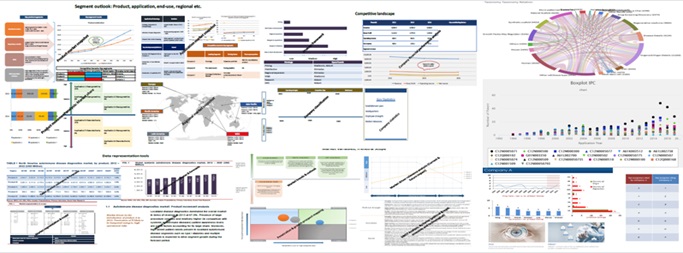Battery Free Implants: Technology and Market Report
The global battery-free implants market was valued at $XX billion in 2016 and is forecast to exceed XX billion by 2023 at a Compound Annual Growth Rate (CAGR) of XX%. The market is principally determined by the aging population around the world. The aging population thus increases the hospitalization rate, which increases the demand for implants. The overall increment in Gross Domestic Product (GDP) per capita prompts expanding healthcare expenditure, which thus drives the market growth. Increasing investment in healthcare infrastructure in developing economies by industries gives a noteworthy open door for the future development of the battery-free implants market. It was obvious from the beginning that if an electrical device were to be fitted inside our heart there would be some complications: Battery failure, over-sensing (this occurs when the pacer faces difficulty in differentiating electrical activity and stops correct pacing), under-sensing, pacemaker syndrome, contamination of pacer through the skin, lead dislodgement. The problems are not limited to only pacemakers and hearts, but these also imply other life-saving devices like defibrillators and dialysis. Every few years or so patients must go under surgery for replacement of battery and leads. Scientists and researchers have come up with methods that would charge the batteries by making them ‘self-powered’ i.e. charging the implants by using body motion, metabolites, body heat, body fluids, etc.
Alternatives that can act as a power source:
- Implants are driven by blood glucose
- Utilizing energy from the body’s own muscles
- Implants recharged by radio waves
- Organic bio supercapacitor
These innovations may make battery-free implantable devices irreplaceable and offer a convincing development to battery-free implant technology for patients in the future.
Deliverable Outlook:
Key questions answered in the report
- How did the battery-free implant technology evolve, and what is its scope in the future?
- What are various approaches to re-energize implantable medical devices?
- What are the License Agreements and Partnerships deals in the domain of study?
- Who holds the majority IP blocking potential?
- Who are the leaders in Wireless Powered Implants, Body Heat Powered Implants, and motion-powered implants?
- Leading wireless charging standard associations?
- How Energy Harvested from Moving Organs Used to Power Medical Implants?
- What are the major market drivers, challenges, and opportunities in the global battery-free implants market?
- What are the key developmental strategies that are being implemented by the key players to sustain in this market?
- How will the influencing factors affect the industry’s attractiveness?
- How are battery-free implants being utilized for the patient cure?
- How will investments by public & private companies and government organizations affect the global battery-free implants market?
- What was the market size of the leading segments and sub-segments of the global battery-free implants market in 2017?
- How will the industry evolve during the forecast period 2018- 2026?
- What will be the growth rate of the battery-free implants during the forecast period?
- How will each segment of the global battery-free implants market grow during the forecast period and what will be the revenue generated by each of the segments by the end of 2026?
- Which product segment and application segment is expected to register the highest CAGR for the battery-free implants market?
- What is the market size of battery-free implants in different countries of the world?
- Which region will contribute to the highest sales of battery-free implants?
- Who are the key players in the battery-free implants market and what are their contributions?



